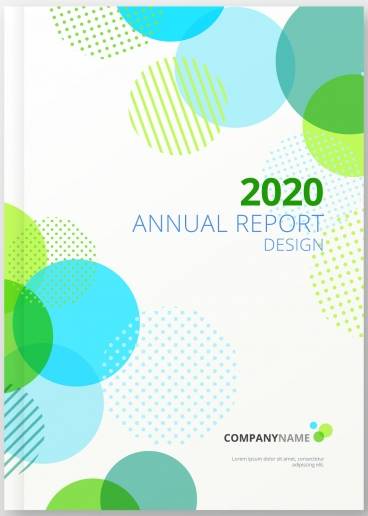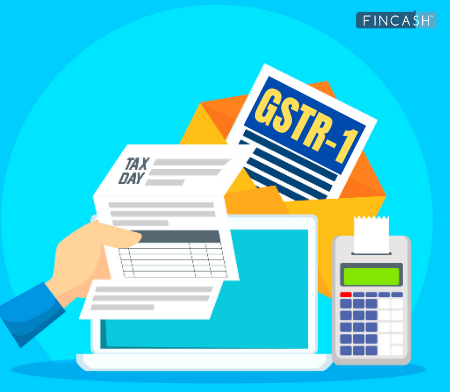All You Need to Know About Section 54EE
Section 54EE of the income tax Act helps long-term Capital Gain exempt when invested in the long-term asset. The beneficiary can gain this exemption under the few conditions that are mandatory.

Remember that the long-term asset in the context means units of funds as notified by the Indian Government issued before April 1, 2019.
Exemption Criteria Under Section 54EE
In order to get the benefits of the exemption under this Section, you will have to meet the following conditions:
- The exemption is not available on the transfer of a short-term asset. It is applicable to the transfer of a long-term asset, only.
- The beneficiary should have invested the whole or part of the Capital gain in the long-term specified asset.
- The investment here should be made within a time frame of six months from the initial transfer date.
- The investment during a specified financial year should not be more than Rs. 50 lakhs.
Talk to our investment specialist
Exemption Amount
If you satisfy the above criteria, you will be able to gain an exemption on the following:
- Exemption on the amount of capital gain up to Rs. 50 lakhs
What is a Capital Asset?
Under the IT 1961, Section 2 (14), capital assets is any kind of property held by a person related to business use or otherwise. These assets include properties that are movable or immovable, fixed, circulating, tangible or intangible. Some of the most popular capital assets are Land, car, building, furniture, trademarks, patents, plant and Debentures.
The assets mentioned below are not considered as capital assets anymore:
- Movable property for personal use
- Agricultural land/property in a rural area
- Gold deposit bond under a Gold deposit scheme
- Special bearer Bonds
- 6.5% or 7% gold bond or national defence gold bonds issued by the Central Government of India
Lock-in Period Under Section 54EE
One of the most important points to remember in order to gain benefits under this section is that you have to invest in the ‘long-term specified asset’. The lock-in period is for three years. In this period, you cannot convert or transfer the long-term specified asset for three years.
If you transfer or convert the long-term specified asset before the completion of this period, your claim under the section 54EE will be considered to be Income chargeable under the ‘Capital Gain’ in the previous year in which the transfer/conversion was carried out.
Explanation of the Section 54EE of Income Tax Act 1961
Section 54EE
If a beneficiary has within a period of 6 months after a transfer date invested the whole/part of capital gains in the long-term specified asset, the capital gain should be dealt in lieu with the provisions mentioned below:
If the cost of a long-term specified asset is not less than the capital gain coming from the transfer of the original asset, the capital gain will not be charged under Section 54.
If the cost of the long-term specified asset is less than the capital gain, which is coming from the transfer of an original asset, it will not be charged under section 54.
Remember that this is applicable only if the investment is made on or after 1st April 2016 in a long-term specified asset during a financial year. The amount should not exceed Rs. 50 lakhs.
The exemption is applicable when the long-term specified asset is transferred by the beneficiary within a period of three years from the date of acquisition. The amount of capital gain coming from the transfer of the original asset, which is not charged under section 45, shall be understood to be the income chargeable under ‘Capital Gains’ in relation to the long-term capital asset of the previous year during which the long-term specified asset is transferred.
Cost in this context means any amount invested in such a specified asset out of capital gains received or accruing as a result of the transfer of the original asset.
Conclusion
Follow and fulfil all the required criteria to benefit from Section 54EE exemption.
All efforts have been made to ensure the information provided here is accurate. However, no guarantees are made regarding correctness of data. Please verify with scheme information document before making any investment.













Where to invest to qualify u/s 54EE of income tax